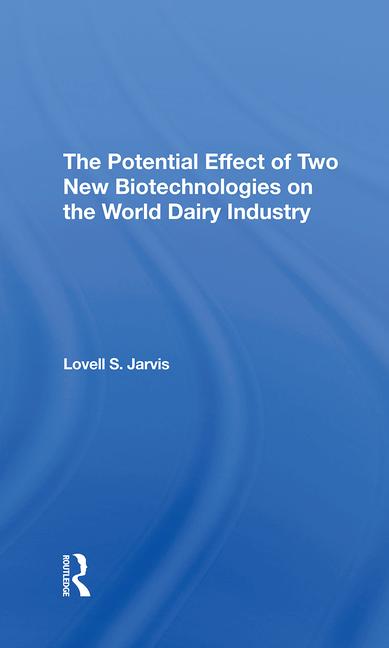
Fair Trade — The Future of Vanilla
by Rick Brownell
Recently, vanilla has been added to the Fair Trade Certified portfolio of products and it has the potential to change the vanilla landscape forever.
Fair Trade initiatives typically marketed artisan
crafts made by impoverished peoples in Third World countries. The most
common outlets were World Shops, found in airports around the world. For
decades, the growth of Fair Trade was limited by its boutique-like
distribution.
Eventually, the concept of a Fair Trade label was
created. Now, Fair Trade-labeled products could be sold through mainstream
distribution channels, while still conveying the assurances of compliance
with Fair Trade principles.
The principles of Fair Trade are somewhat complex and
far-reaching. However, the cornerstone is enabling small, disadvantaged
producers the ability to compete in the global market place and receive a
fair price for the goods and services they produce.
A fair price reflects the true costs of sustainable
production and a standard of living, which meets acceptable social and
ethical norms. For example, Fair Trade certification encompasses issues
such as the exploitation of women and children, providing a safe and
healthy work environment and ensuring that producers will have the
necessary capital to remain independent and competitive.
What it Means to Vanilla
Vanilla is in many ways a unique crop ideally suited to
both the principles and practicalities of Fair Trade.
Vanilla beans are grown almost exclusively in
underdeveloped nations on small, family farms. These growers traditionally
have had little access to local roads and communications, let alone
international markets and global consumers.
Every aspect of vanilla production is extremely labor
intensive. Vines must be tended for three to four years before they produce
beans. Vanilla flowers must be pollinated and harvested by hand. During the
curing process, the beans are individually evaluated and handled repeatedly
for several months before they are ready for export.
The time invested by the growers and curers is
considerable. More significantly, there are few automated alternatives to
the traditional manual process.
Unlike other Fair Trade staples such as coffee and
rice, vanilla is typically consumed as a minor, if important, ingredient in
another food or beverage. As such, the cost impact of Fair Trade pricing
would be insignificant to the end consumer.
The market for vanilla beans is very, very small.
There is no futures market to help regulate pricing and supply. Instead,
growers typically respond to higher prices by growing more vanilla and
respond to lower prices by growing alternative crops.
This produces dramatic swings in cost and the
availability of vanilla beans. Worse, it encourages food and beverage
manufacturers to formulate vanilla out of their products.
Industry-wide conversion to Fair Trade vanilla would
provide affordable, consistent and stable supplies benefiting growers and
consumers alike. Whether or not this is realistic remains to be seen. But,
the resulting impact on the lives of tens of thousands of impoverished
vanilla growers would be historic.
Rick Brownell is vice president of vanilla for New
York-based Virginia Dare.
$OMN_arttitle="Fair Trade - The Future of Vanilla";?>
$OMN_artauthor="Rick Brownell";?>




